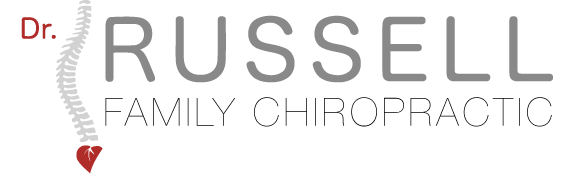The following information is intended to help you feel at ease during your first chiropractic appointment. However, don't hesitate to give us a call. We are happy to answer any questions that you may have.
First visit
During the first visit, our doctors will complete a thorough examination that typically includes:
• Patient history
• Physical examination
• Diagnostic studies (when indicated)
• Diagnosis
• Chiropractic treatment plan
Patient History
Prior to your initial consultation, you will be asked to fill out forms that provide background information about your symptoms and condition. For your convenience you can print and fill out our new patient forms at home. Click here to download.
You may also be asked to provide family medical history, any pre-existing medical conditions or prior injuries, and previous and current health providers and treatments.
To properly diagnose your problem and design a treatment program, your doctor of chiropractic needs to know about any of the following:
Bone disorders such as osteoporosis
Implants like pacemakers, artificial joints, cosmetic implants, etc.
Circulatory problems
Dizziness or blurred vision
Heart conditions such as hypertension
Nausea
Injuries, such as bone fractures, muscle sprains/strains, or disc injuries
Joint disorders such as arthritis
Any current health condition for which you are receiving care from another health care practitioner
When applicable, bring with you any copies of previous tests (for example, MRI or X-ray reports), lab results, and a list of any medications you are taking, including over-the-counter medications, nutritional supplements, vitamins, herbs, teas, and homeopathic and/or naturopathic substances.
Chiropractic Physical Examination
The next step is a physical examination Dr. Russell will perform to evaluate your condition and develop a working diagnosis. In addition to general physical examination procedures such as blood pressure, pulse, respiration, and temperature, the examination will include specific orthopedic and neurological tests to assess:
Range of motion of the affected area that is observed while you walk, turn, bend, or lift
Muscle tone
Muscle strength
Neurological integrity
Posture
Diagnostic Studies
Diagnostic studies help diagnose conditions more accurately. The most common used by chiropractors include:
X-ray
MRI (magnetic resonance imaging), CT, or bone scan
Laboratory tests
At Russell Family Chiropractic we have our own X-ray equipment, but an MRI scan and more extensive tests may be referred to an outside center.
Diagnosis
The combination of the history, examination, and diagnostic studies will allow Dr. Russell to reach a specific diagnosis, which will help him determine whether your condition or pain may respond to chiropractic care.
Dr. Russell will explain:
The diagnosed condition
The chiropractic treatment plan (or other recommended treatments)
The anticipated length of care
If Dr. Russell determines that your condition would be more appropriately treated by another healthcare professional, he will make the proper referral.
Treatment
If you and Dr. Russell agree that chiropractic will help, you will receive your first chiropractic adjustment. You will typically be asked to lie on a specially designed table, and Dr. Russell will use his hands to manipulate the joints of the body, particularly the spine, to reduce pain and restore or enhance joint function.
Dr. Russell will adapt the treatment plan to meet your specific needs. Other treatments, including therapeutic ultrasound, electrical muscle stimulation, ice and heat, traction, soft-tissue massage, and rehabilitative exercises, may also be used.
The extent and duration of the patient’s problems coupled with the hands-on nature of the chiropractic treatment may require numerous visits. Dr. Russell will tell you how long you can expect the treatment to last. You may also receive instructions on certain activities or procedures to conduct at home. This may include ice or heat application, avoidance of certain activities or positions, as well as home exercises and/or stretches.
No individuals, including those under our active care, should use the information, resources or tools contained within to self-diagnose or self-treat any health-related condition. Diagnosis and treatment of all health conditions should only be performed by a licensed health care professional.



